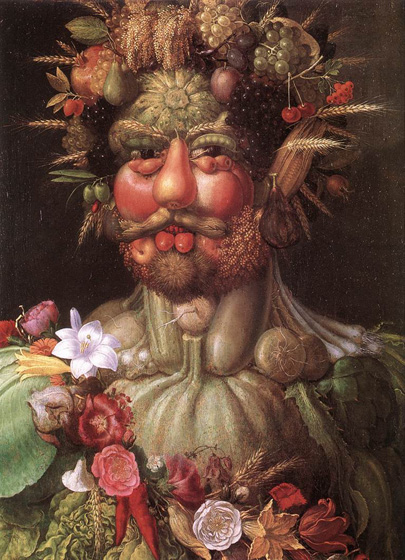 The Fairtrade Foundation licenses this special mark to distinguish products that have been certified as meeting certain producer and trading standards, meant to ensure that small-scale producers and plantation workers in the developing world get a better deal. The producers “receive a minimum price that covers the cost of sustainable production and an extra premium that is invested in social or economic development projects.” And farmers are thus given an incentive to maintain agrobiodiversity on farm. However, as an article in last week’s Economist points out, this model is not particularly popular among the large corporations that control the global trade in agricultural commodities: “Fairtrade’s price-adjustment mechanism is intended to insulate small producers from volatile commodity markets and the free-trading, no-holds-barred capitalism that multinational companies espouse.”
The Fairtrade Foundation licenses this special mark to distinguish products that have been certified as meeting certain producer and trading standards, meant to ensure that small-scale producers and plantation workers in the developing world get a better deal. The producers “receive a minimum price that covers the cost of sustainable production and an extra premium that is invested in social or economic development projects.” And farmers are thus given an incentive to maintain agrobiodiversity on farm. However, as an article in last week’s Economist points out, this model is not particularly popular among the large corporations that control the global trade in agricultural commodities: “Fairtrade’s price-adjustment mechanism is intended to insulate small producers from volatile commodity markets and the free-trading, no-holds-barred capitalism that multinational companies espouse.”
And yet, Fairtrade-like strategies — The Economist calls them “Fairtrade lite” — are increasingly popular: “firms are finding ways to improve the lot of small farmers, and burnish their own reputations, without signing up to Fairtrade’s rules.” The article describes the latest example.
It is called the “Cadbury Cocoa Partership,” and it commits that multinational to investing US$87 million over 10 years in increasing cacao yields in Ghana. That country provides Cadbury Shweppes with 70% of its global needs (100% of its UK needs), amounting to 10% of Ghana’s production. A recent study showed that yields have been decreasing and youngsters leaving the farms, imperilling supply. Cadbury does use a Fairtrade-certified cocoa (from Belize), but in this case it decided that the problem was not so much price as productivity, and came up with its own scheme.
Intercropping will be encouraged (peppers, mangoes, coconuts) as an additional income option, wells dug to free up the time of women and girls, and schools and libraries built, equipped and staffed. But it is unclear how productivity is to be increased. The article says that “the aim of the venture is to show cocoa farmers how to increase yields using fertilisers and by working with each other.” Surely that’s not going to be enough. Hopefully cacao genetic resources conservation, evaluation and breeding work will also be supported. ((There’s a good summary of the importance of diversity in a New Agriculturalist focus feature on cacao, but it is from a few years back.))
